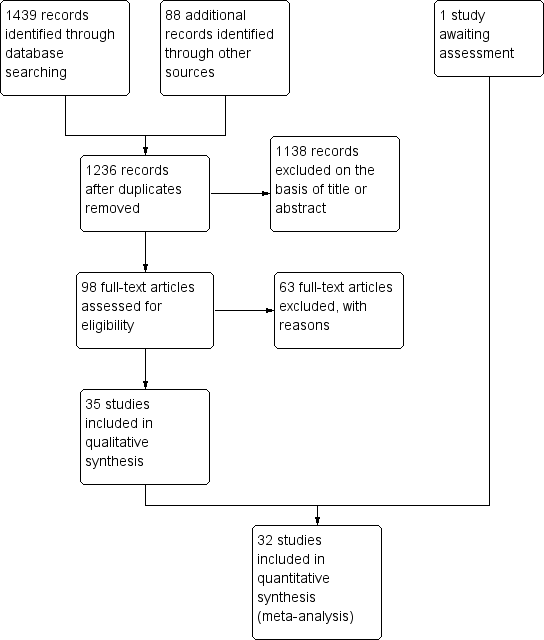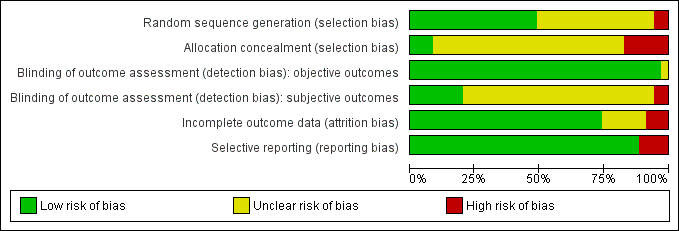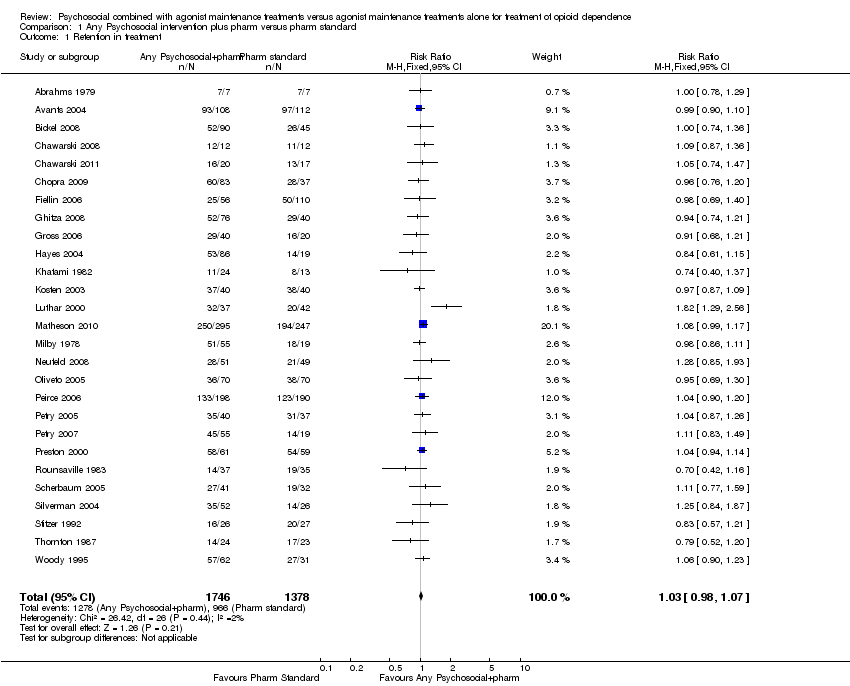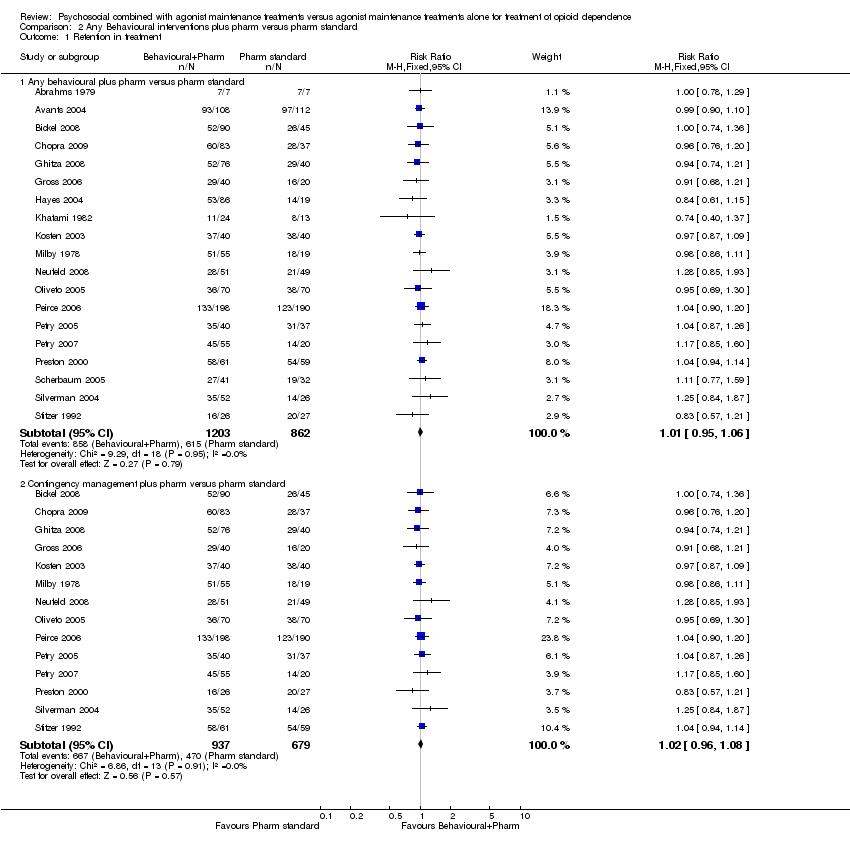Contenido relacionado
Revisiones y protocolos relacionados
Laura Amato, Silvia Minozzi, Marina Davoli, Simona Vecchi | 7 septiembre 2011
Richard P Mattick, Courtney Breen, Jo Kimber, Marina Davoli | 6 febrero 2014
Soraya Mayet, Michael F Farrell, Marica Ferri, Laura Amato, Marina Davoli | 15 abril 2014
Richard P Mattick, Courtney Breen, Jo Kimber, Marina Davoli | 8 julio 2009
Pier Paolo Pani, Rosangela Vacca, Emanuela Trogu, Laura Amato, Marina Davoli | 8 septiembre 2010
Silvia Minozzi, Laura Amato, Cristina Bellisario, Marina Davoli | 24 junio 2014
Silvia Minozzi, Laura Amato, Shayesteh Jahanfar, Cristina Bellisario, Marica Ferri, Marina Davoli | 9 noviembre 2020
Pier Paolo Pani, Emanuela Trogu, Simona Vecchi, Laura Amato | 7 diciembre 2011
Tara Carney, Marie Claire Van Hout, Ian Norman, Siphokazi Dada, Nandi Siegfried, Charles DH Parry | 18 febrero 2020
Afarin Rahimi‐Movaghar, Masoumeh Amin‐Esmaeili, Mitra Hefazi, Reza Yousefi‐Nooraie | 31 enero 2013





















